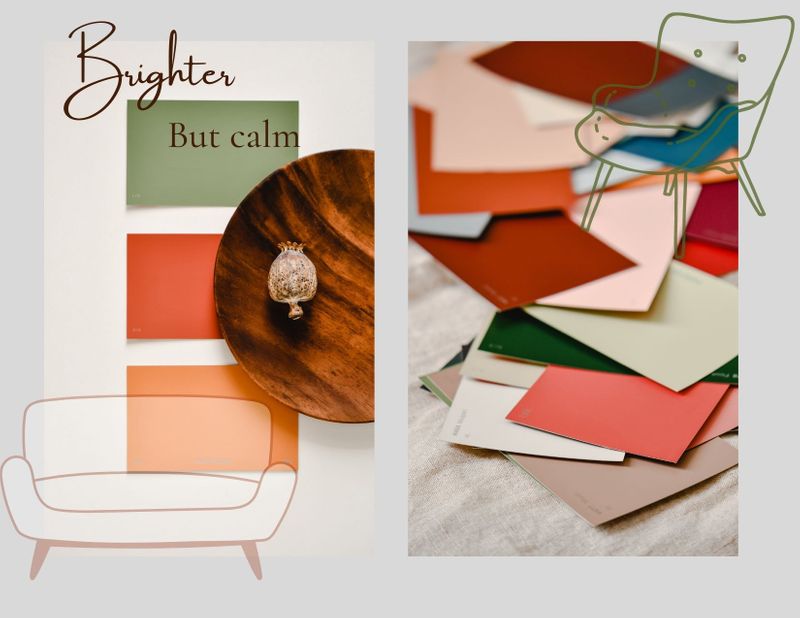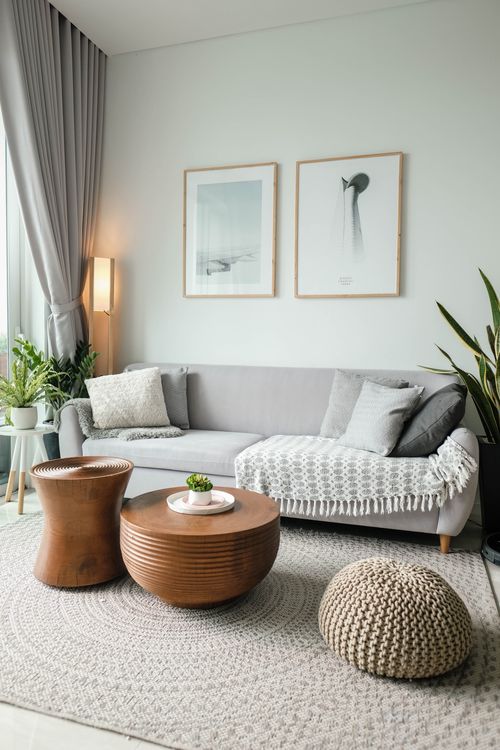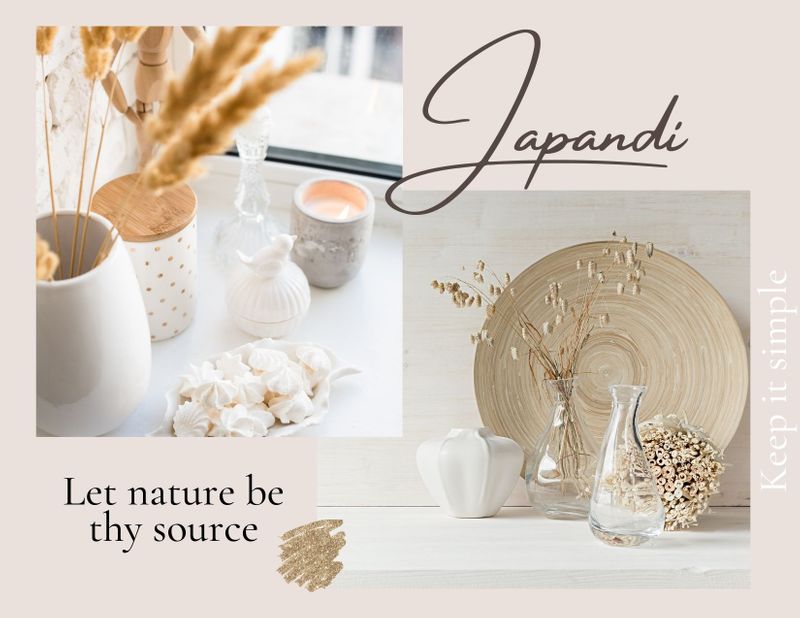Sparse without being stark. Tranquil but not bland and boring. Functional and comfortable.
At first thought, when you think of Japan and Scandinavia, you wouldn’t think that they have anything in common. These two countries are literally worlds apart from each other, with totally different cultures, languages, diets, religions, etc. However, what they both have in common, is an aesthetic that focuses on simplicity, sustainability, natural elements, and comfort.
By now, you are all probably familiar with Marie Kondo’s decluttering advice and have heard of the documentary called “Minimalism. Declutter your space, declutter your life. Be free!
And that is what Japandi stands for. It is more of a lifestyle and philosophy rather than a trend or physical design organization.
It reminds me of what the Scandinavian and Danish cultures refer to as “Hygge”
“A quality of coziness and comfortable conviviality that engenders a feeling of contentment or well-being”
The essential elements of Japandi are about following “The Minimalist” design principles and aiming for clean and simple lines, lots of airy filtered light, warm wood tones, applying the art of wabi-sabi and adding lots of natural elements.
The basic design principle of Minimalism is taking everything to its essential quality, use and need, and achieving SIMPLICITY. And according to Franco Bertoni in his book, Minimalist Architecture, in both Japanese and Scandinavian design styles, simplicity is the center for human needs.

Besides having a specific furniture style, Japandi style has a very characteristic color palette. Part of what makes Japandi so appealing is that it could be both bright and tranquil. And by doing further research, I noticed that brighter colors are not completely avoided and that black is quite often used to add interest and stronger contrast.




Natural, sustainable, eco-friendly materials such as bamboo, cork, light oak wood, or unfinished wood are typical. Fabrics such as cotton, jute, sisal, lots of woven textures are used when creating this décor style. The blend of soft creamy colors instead of crisp whites, combined with earthy tones and balanced with subtle and meaningful contrasting colors, will complete the look.

When considering this design style, keep ease of flow throughout the room in mind. Everything that is used when creating a Japandi style room has a use or a purpose. Create comfortable, conversational areas with no physical obstructions. Avoid shiny objects. This style leans toward matte finishes and natural oils instead of poly-utherane coatings.
Focus on choosing muted colors with hints of pale green. Culture-friendly plants such as bonsai or bamboo or a simple large leaf plant will add to the desired outcome.
Though both Japanese and Scandivanian decor styles aren’t new to us, the infusion and combination of the two styles have been a definite rising trend over the past few years.






